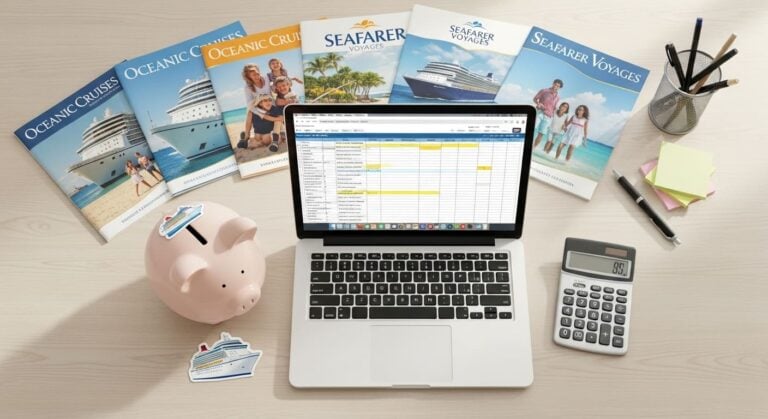How to Create a Budget for a Group All-Inclusive Trip (and Stick to It in 2025)
You’ve decided to invest in the most valuable thing of all—memories with your entire family. The phrase “all-inclusive” sounds wonderfully simple, but as a savvy Family C.E.O., you know there are always extra costs. How do you create a realistic budget for a large group and avoid any surprise bills or awkward money conversations down the road?
A clear financial plan is the key to ensuring you can relax and enjoy the trip just as much as everyone else. Here’s a simple framework for budgeting for a group all-inclusive trip that protects both your wallet and your peace of mind.
The Solution: Budget for the “Extras” and Communicate Clearly
The core of a successful group budget is understanding what is not included in your package and establishing clear expectations with the family before you travel.
Step 1: Identify the “Hidden” Costs “All-inclusive” typically covers lodging, meals, drinks, and on-site activities. Your master budget needs to account for everything else. Be sure to factor in:
- Airfare and Travel Insurance: These are often the largest expenses outside of the resort itself.
- Airport Transfers: Don't forget the cost of getting your group from the airport to the resort and back.
- Optional Excursions & Tours: This is a major variable. A catamaran trip or a visit to ancient ruins for 15 people can add up quickly.
- Spa Treatments & Premium Amenities: Massages, private cabana rentals, or top-shelf wine lists are almost always extra.
- Gratuities: While some resorts have a no-tipping policy, it's customary to tip airport drivers, tour guides, and spa therapists.
- Souvenirs & Personal Shopping: Provide a personal budget for each family unit for these items.
As you plan your budget for excursions, get ideas on what's worth the splurge in our guide to finding the best resort activities for teens and seniors.
Step 2: Establish the “Rules of Engagement” Open communication about money is vital. Before making any deposits, be clear with the group on the financial arrangements.
- Who is Paying for What? Are you generously gifting the entire trip, or are you covering the resort cost while each family unit pays for their own airfare? Make this clear from the start.
- Set an “Extras” Policy: A simple rule can prevent misunderstandings. For example: “We are so happy to be covering the resort stay for everyone. Any optional extras you choose, like spa treatments or off-site tours, will be your own responsibility.”
Step 3: Create a Central Payment Hub To avoid confusion and track spending, have one person (either you or your travel advisor) handle all the core bookings. Paying for ten rooms and associated transfers across multiple credit cards is a recipe for stress. Centralizing the payments ensures you have a clear, simple record of the main vacation costs.
A clear budget and open communication about finances are the keys to ensuring your generous trip doesn't create stress. By planning for the extras, you can truly relax and enjoy the vacation.








